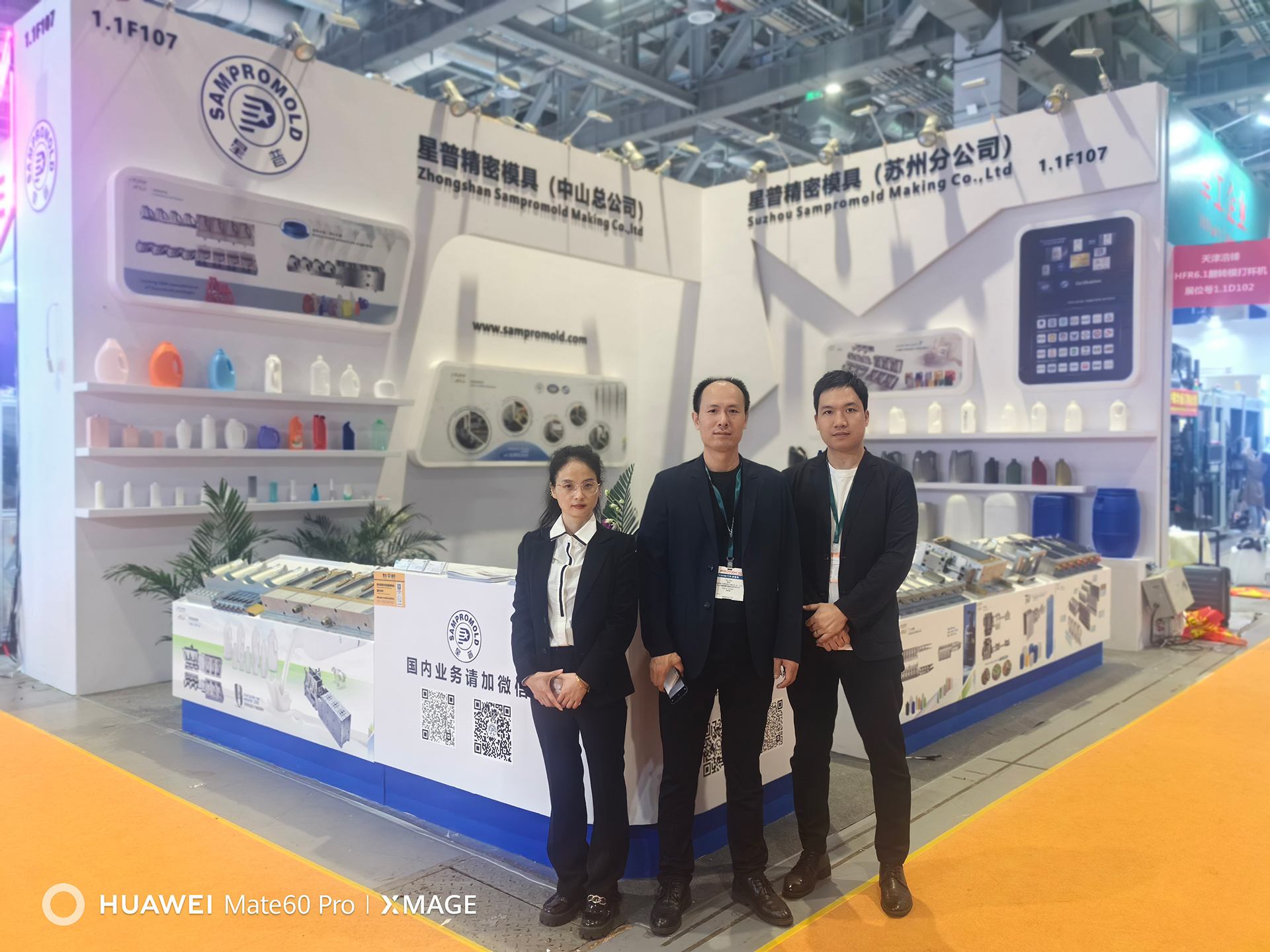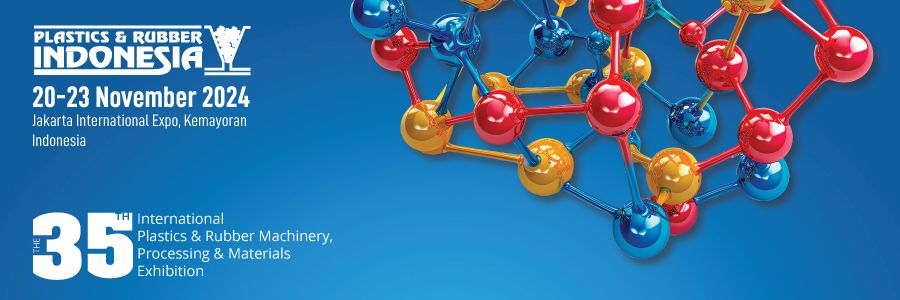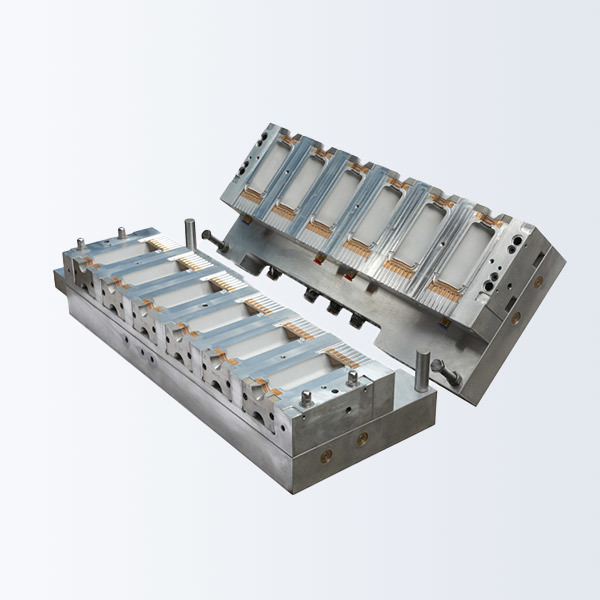Cost-Effective Solutions: Exploring Cheap Structural Foam Injection Molds
Time:
2025-03-04
In the manufacturing and processing machinery sector, especially within the scope of mold-making and plastic forming, cheap structural foam injection molds present a viable solution for companies looking to optimize production costs while achieving quality results. Structural foam injection molding utilizes a combination of solid plastic and a foaming agent, creating lightweight yet durable components that are ideal for a myriad of applications.
One of the primary advantages of cheap structural foam injection molds is their reduced material usage. By incorporating foaming agents, manufacturers can decrease the amount of plastic required for each part, leading to significant cost savings. This reduction in material not only lowers expenses but also minimizes the environmental impact associated with plastic production. Moreover, structural foam parts often exhibit enhanced structural integrity compared to their solid counterparts, making them suitable for demanding applications across various industries, including automotive, consumer goods, and industrial equipment.
When considering cheap structural foam injection molds, manufacturers should pay attention to the design complexity and tooling requirements. While the initial investment in mold creation may be higher than traditional solid plastic molds, the long-term savings accrued from material efficiency and cycle time reduction can justify the cost. The design process should focus on optimizing wall thickness and incorporating ribs or other features that can enhance strength without adding unnecessary weight.
Additionally, manufacturers must select the right materials and foaming agents to ensure optimal performance. The choice of plastic resins can significantly affect the characteristics of the final product, including its durability, flexibility, and resistance to environmental factors. For instance, polyethylene and polypropylene are commonly used in structural foam applications due to their favorable properties and cost-effectiveness.
Another consideration is the machinery used for foam injection molding. While some facilities may already possess injection molding machines capable of handling structural foam processes, others may need to invest in specialized equipment. Understanding the specifications and requirements of these machines is crucial for ensuring a seamless integration into existing production lines.
In conclusion, cheap structural foam injection molds provide an advantageous pathway for manufacturers seeking cost-effective solutions without compromising on quality. By leveraging the benefits of reduced material usage, enhanced structural integrity, and careful design considerations, businesses can achieve significant savings and efficiency gains. As the demand for lightweight, durable plastic components continues to grow, exploring these innovative molding techniques can be a strategic move for any manufacturing operation.
One of the primary advantages of cheap structural foam injection molds is their reduced material usage. By incorporating foaming agents, manufacturers can decrease the amount of plastic required for each part, leading to significant cost savings. This reduction in material not only lowers expenses but also minimizes the environmental impact associated with plastic production. Moreover, structural foam parts often exhibit enhanced structural integrity compared to their solid counterparts, making them suitable for demanding applications across various industries, including automotive, consumer goods, and industrial equipment.
When considering cheap structural foam injection molds, manufacturers should pay attention to the design complexity and tooling requirements. While the initial investment in mold creation may be higher than traditional solid plastic molds, the long-term savings accrued from material efficiency and cycle time reduction can justify the cost. The design process should focus on optimizing wall thickness and incorporating ribs or other features that can enhance strength without adding unnecessary weight.
Additionally, manufacturers must select the right materials and foaming agents to ensure optimal performance. The choice of plastic resins can significantly affect the characteristics of the final product, including its durability, flexibility, and resistance to environmental factors. For instance, polyethylene and polypropylene are commonly used in structural foam applications due to their favorable properties and cost-effectiveness.
Another consideration is the machinery used for foam injection molding. While some facilities may already possess injection molding machines capable of handling structural foam processes, others may need to invest in specialized equipment. Understanding the specifications and requirements of these machines is crucial for ensuring a seamless integration into existing production lines.
In conclusion, cheap structural foam injection molds provide an advantageous pathway for manufacturers seeking cost-effective solutions without compromising on quality. By leveraging the benefits of reduced material usage, enhanced structural integrity, and careful design considerations, businesses can achieve significant savings and efficiency gains. As the demand for lightweight, durable plastic components continues to grow, exploring these innovative molding techniques can be a strategic move for any manufacturing operation.
RELATED NEWS













